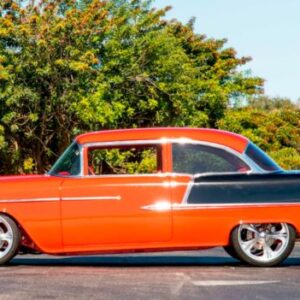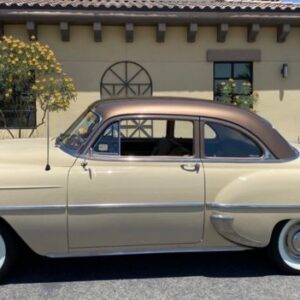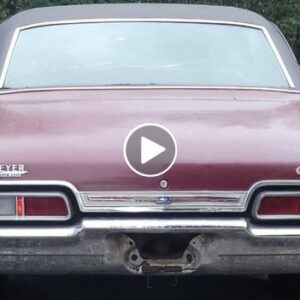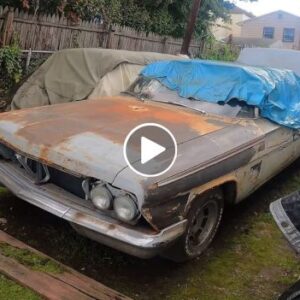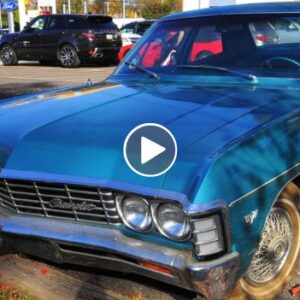The Plymouth Road Runner was a famous American muscle car, known for its blend of affordability, high performance, and distinctive styling. Produced between 1968 and 1980, the Road Runner underwent several design changes throughout its lifespan.
-1686558660x1024.jpg)
In this comprehensive guide, we’ll explore the 1971-1974 Plymouth Road Runner, examining its history, design features, engine options, and the legacy it left behind.
1. History of the Plymouth Road Runner
The Road Runner was introduced in 1968 as a no-frills, high-performance muscle car that focused on providing raw power at an affordable price. With a partnership with Warner Bros., Plymouth was able to use the popular Road Runner cartoon character as its mascot, adding a unique touch to the car’s identity.
-1686558692.jpg)
By the early 1970s, the muscle car market was facing challenges due to increasing insurance costs, stricter emission regulations, and a growing demand for more luxurious features. Plymouth responded to these changes by redesigning the Road Runner for the 1971 model year, aiming to strike a balance between performance, comfort, and style.
2. Design
The Plymouth Road Runner is a classic muscle car that was produced by the Plymouth division of Chrysler Corporation from 1968 to 1980. The design of the 1971-1974 Plymouth Road Runner went through a significant transformation compared to the earlier models. Here’s an overview of the design features of the Road Runner during that period:
-1686559285x1024.jpg)
Exterior Design
Body Style: The 1971-1974 Road Runner was offered as a two-door coupe or a two-door convertible. It had a long hood, short deck profile that is characteristic of muscle cars of that era.
Front End: The front end featured a bold and aggressive appearance. It had a prominent grille with horizontal lines and a Road Runner logo in the center. The headlights were inset into the grille and were surrounded by chrome bezels.
-1686558740x1024.jpg)
Hood: The hood had various options available, including a functional “Air Grabber” hood scoop that could be opened to allow cool air into the engine bay, enhancing performance.
Body Lines: The car had clean and sleek body lines with a slightly flared fender design, giving it a muscular stance. The rear quarter panels had a slight bulge to accommodate wider tires.
Rear End: The rear of the car featured rectangular taillights positioned horizontally. The rear bumper was chrome-plated and had an integrated license plate holder.
-1686558762x1024.jpg)
Interior Design
Dashboard: The dashboard design was straightforward and driver-focused. It featured a set of gauges for monitoring speed, fuel level, engine temperature, and other essential information.
Steering Wheel: The Road Runner had a three-spoke steering wheel, often wrapped in a comfortable grip material, providing a sporty feel.
-1686558795.jpg)
Seating: The car typically had bucket seats in the front, providing both comfort and support during high-performance driving. The rear seating area could vary depending on the model year and trim level.
3. Special Editions and Paint Schemes
During the 1971-1974 production years, Plymouth offered a variety of special edition paint schemes and decals for the Road Runner. Some of the most notable special editions include:
High Impact Paint
High Impact Paint (HIP) was a series of vibrant, eye-catching colors offered by Plymouth on the Road Runner and other models. These colors included Vitamin C Orange, In-Violet, Sassy Grass Green, and Moulin Rouge, among others. These colors helped the Road Runner stand out and have become a defining characteristic of the muscle car era.
-1686558811x1024.jpg)
Performance Hood Treatment
The Performance Hood Treatment was an optional decal package that added a black or white stripe design to the hood of the Road Runner. This treatment gave the car a more aggressive appearance and was a popular choice among enthusiasts.
-1686558868x1024.jpg)
4. Detail Engine and Performance
The 1971-1974 Plymouth Road Runner offered several engine options that varied across the model years. Here are the detailed engine options available during that period:
1971 Engine Options
a. Base Engine: 340 cubic inch (5.6L) V8
Power Output: 275 horsepower
Torque: 340 lb-ft
0-60 mph (0-97 km/h): Approximately 7 seconds
Quarter-mile time: Approximately 15 seconds
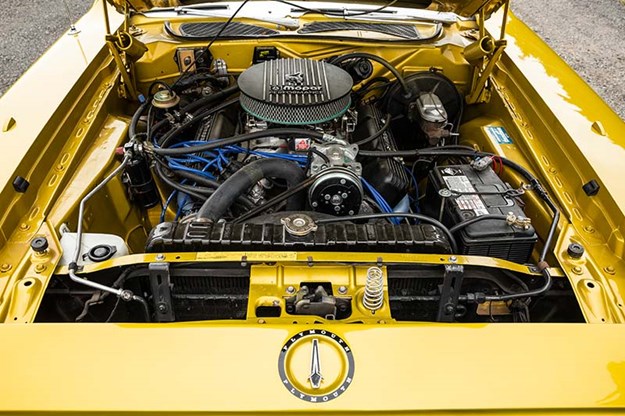
b. Optional Engine: 383 cubic inch (6.3L) V8
Power Output: 300 horsepower
Torque: 410 lb-ft
0-60 mph (0-97 km/h): Approximately 6.5 seconds
Quarter-mile time: Approximately 14 seconds
c. High-Performance Engine: 426 cubic inch (7.0L) Hemi V8
Power Output: 425 horsepower
Torque: 490 lb-ft
0-60 mph (0-97 km/h): Approximately 5 seconds
Quarter-mile time: Approximately 13 seconds
1972 Engine Options
a. Base Engine: 340 cubic inch (5.6L) V8
Power Output: 240 horsepower
Torque: 290 lb-ft
0-60 mph (0-97 km/h): Approximately 7.5 seconds
Quarter-mile time: Approximately 15.5 seconds
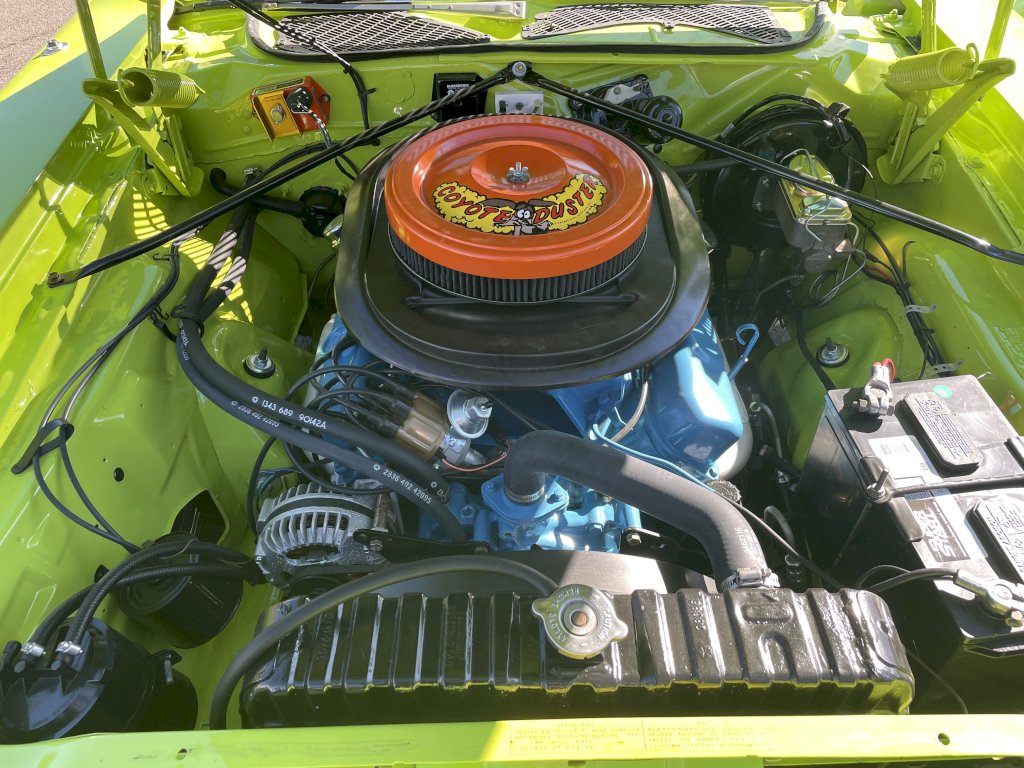
b. Optional Engine: 400 cubic inch (6.6L) V8
Power Output: 255 horsepower
Torque: 375 lb-ft
0-60 mph (0-97 km/h): Approximately 7 seconds
Quarter-mile time: Approximately 15 seconds

c. High-Performance Engine: 440 cubic inch (7.2L) V8
Power Output: 280 horsepower
Torque: 390 lb-ft
0-60 mph (0-97 km/h): Approximately 6.5 seconds
Quarter-mile time: Approximately 14 seconds
1973-1974 Engine Options
a. Base Engine: 340 cubic inch (5.6L) V8
Power Output: Varies, typically around 240-250 horsepower
Torque: Varies
0-60 mph (0-97 km/h): Approximately 8 seconds
Quarter-mile time: Approximately 16 seconds
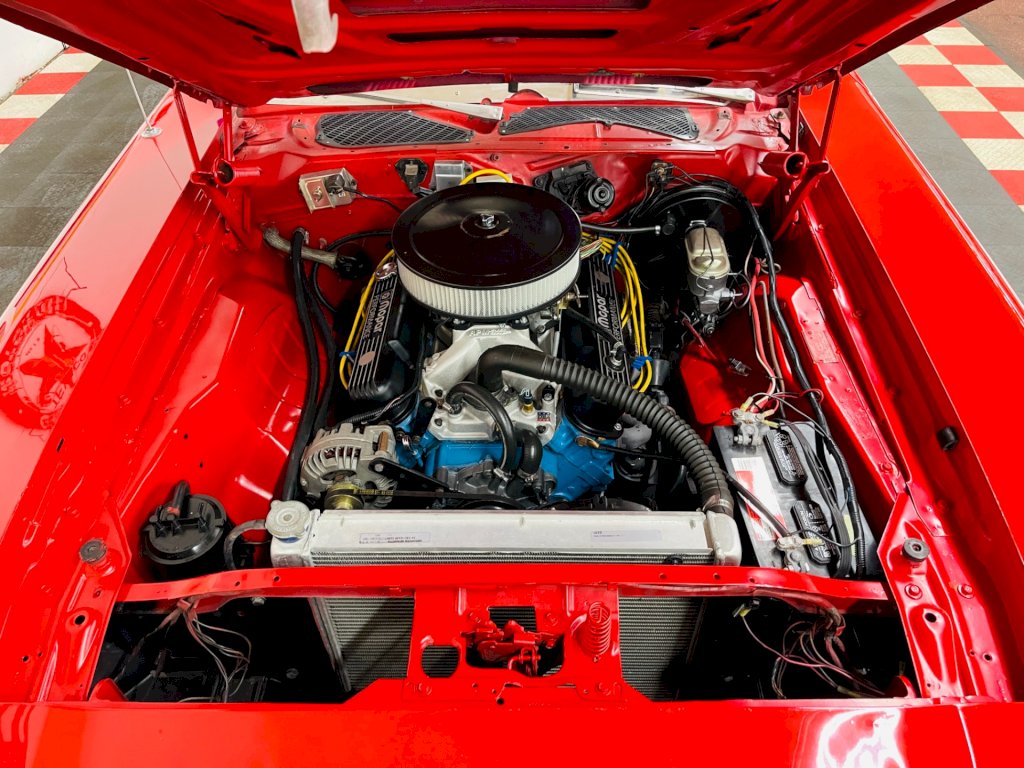
b. Optional Engine: 400 cubic inch (6.6L) V8
Power Output: Varies, typically around 190-250 horsepower
Torque: Varies
0-60 mph (0-97 km/h): Approximately 8 seconds
Quarter-mile time: Approximately 16 seconds
c. High-Performance Engine: 440 cubic inch (7.2L) V8
Power Output: Varies, typically around 270-280 horsepower
Torque: Varies
0-60 mph (0-97 km/h): Approximately 7 seconds
Quarter-mile time: Approximately 15 seconds
These engine and performance figures are approximate and can vary based on various factors such as engine tuning, transmission choice, tire grip, and driver skill. They provide a general idea of the performance capabilities of the different engine options available for the 1971-1974 Plymouth Road Runner.
5. Production and Sales
During the 1971-1974 model years, the Plymouth Road Runner saw a decline in sales compared to its earlier years. The increased focus on comfort and luxury, the impact of the 1973 oil crisis, and the tightening of emissions and safety regulations all contributed to a decrease in consumer interest for muscle cars in general.
-1686558996.jpg)
Nevertheless, the Road Runner remained a popular choice within the segment and continued to be produced despite the challenges. Throughout its entire production run, Plymouth built and sold over 300,000 Road Runners, with the 1971-1974 models accounting for a significant portion of those sales.
6. Cultural Significance
The 1971-1974 Plymouth Road Runner holds cultural significance as an iconic representation of the muscle car era. Here are some key aspects of its cultural significance:
Muscle Car Era
The Road Runner emerged during the height of the American muscle car era, characterized by high-performance, powerful engines, and aggressive styling. It embodied the spirit of speed and power that captivated car enthusiasts during the time.
Affordable Performance
The Road Runner was designed to be an affordable performance car, targeting a younger demographic. It offered potent engine options at a relatively affordable price compared to other muscle cars of the era, making it accessible to a broader range of enthusiasts.
-1686559025x1024.jpg)
Pop Culture Icon
The Road Runner gained popularity and recognition beyond the automotive world. Its inclusion in popular culture, such as movies, TV shows, and music, helped solidify its status as an enduring icon. The car even inspired the famous “Road Runner” character in the Looney Tunes cartoons.
Bold and Aggressive Styling
The 1971-1974 Road Runner featured bold and aggressive styling cues that reflected the aesthetics of the muscle car era. Its muscular stance, unique graphics, and distinctive Road Runner logo on the grille and rear added to its visual appeal and made it instantly recognizable.
-1686559190x1024.jpg)
Drag Racing and Street Performance
The Road Runner’s performance capabilities made it a popular choice for drag racing and street performance enthusiasts. Its powerful engines and lightweight design made it a formidable competitor on the quarter-mile, further enhancing its reputation as a symbol of American muscle.
Racing and Motorsports
The Plymouth Road Runner also made a mark in the world of motorsports. The 426 Hemi engine, available in the 1971 model year, was a popular choice for professional drag racers, and the car’s aerodynamic fuselage design gave it an edge on the track.
-1686559209.jpg)
Moreover, the Road Runner found success in the world of stock car racing, as Richard Petty, a legendary NASCAR driver, raced a Road Runner in the early 1970s. Petty’s success and the car’s distinctive design helped to further cement the Road Runner’s reputation as a performance-oriented vehicle.
Nostalgia and Collector’s Appeal
The Road Runner holds nostalgia for those who grew up during the muscle car era, evoking memories of a bygone era of powerful, no-nonsense performance cars. Today, the 1971-1974 Road Runner continues to be highly sought after by collectors and enthusiasts, contributing to its enduring cultural significance.
-1686559226.jpg)
The 1971-1974 Plymouth Road Runner remains an emblematic symbol of the muscle car culture, representing a time when performance and speed were celebrated, and it continues to captivate car enthusiasts and collectors with its timeless appeal.
7. Restoration
Restoring a 1971-1974 Plymouth Road Runner can be both a rewarding and challenging endeavor. Many enthusiasts take on this task to return these classic vehicles to their former glory or to create their own customized version. Some aspects to consider when restoring a Road Runner include:
Availability of parts
While many original and reproduction parts are available for the 1971-1974 Road Runner, some components may be difficult to find or expensive to purchase. Networking with other enthusiasts, joining car clubs, and attending swap meets can help locate hard-to-find parts.
-1686559239.jpg)
Body and Paintwork
Restoring the Road Runner’s unique fuselage body and applying a correct High Impact Paint color or Performance Hood Treatment can be a complicated process that requires specialized knowledge and skills. Hiring a professional or seeking guidance from experienced restorers is recommended.
Engine and Drivetrain
Rebuilding or upgrading the Road Runner’s iconic engines and transmissions may require specialized tools and expertise. Working with a knowledgeable mechanic or seeking advice from forums and car clubs can help ensure a successful restoration.
-1686559257.jpg)
Interior Restoration
Refurbishing or replacing the Road Runner’s interior components can be challenging, especially for those seeking factory-correct restoration. Researching original specifications and sourcing high-quality reproduction parts is essential to achieve an accurate and authentic appearance.

